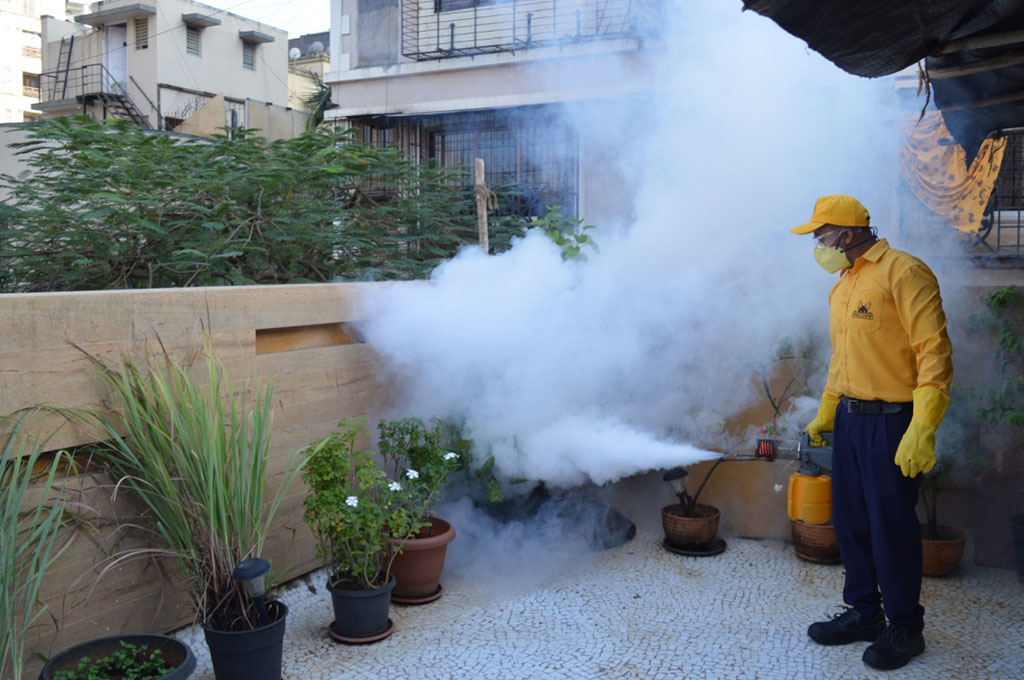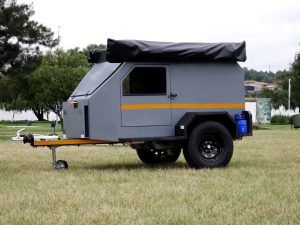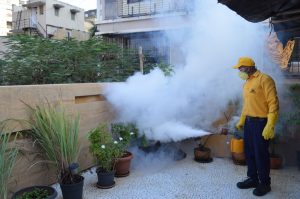Pest Control Planning for Nampa’s Harsh Winters

While Nampa’s winter months are full of snow and cold temperatures, they also bring the pests that you do not want in your home. With Treasure Valley temperatures dropping deep into the negatives, rodents, spiders, and insects are seeking the warmth that your house provides. Current data indicate that Nampa averages 124 freeze days per year, resulting in prolonged periods when desperate pests seek shelter indoors. By the time you first see signs that they are up and about, they have probably been planning their winter survival strategy for a while.
The problem for Nampa homeowners is that winter pest problems often lurk in walls, attics, and basements, going unnoticed and becoming a bigger nuisance. As colder weather approaches, if you notice unusual behavior around your property, contact Saela Pest Control to address the issue promptly.
Why Does Winter Bring Pest Challenges in Nampa?
The awful winter weather in Nampa provides a perfect climate for pest invasions. Cooler outdoor temperatures create a greater temperature differential, making your cozy home a shining beacon that tells pests seeking shelter how to survive. Rodents, mice and rats alike, can squeeze through holes the size of a dime, and they are on the prowl for those holes starting in October. Atlanta’s mix of old houses and new buildings means many dwellings have small holes, cracks, and other weaknesses that pests can exploit. Or maybe it is the agricultural environment around Nampa, and as field conditions become less favorable, rodents and insects move toward the homes.
Average January lows in Canyon County hover around 23°F, so pests will always seek indoor refuge, where they will remain attracted to enter until the temperature warms up, which is unlikely until the end of winter.
Signs of Winter Pest Activity To Watch Out For
- Droppings and urine stains – Tiny brown pellets found near food storage spaces, alongside baseboards, or in cabinets suggest a rodent presence.
- Gnaw marks and damage – New gnaw marks on wood, plastic, or electrical cables indicate continuing activity of rodents
- Strange sounds – Noises that resemble scratching, scurrying, or squeaking emanating from walls, ceilings, or attics, particularly at night
- Nests and nesting materials – Scrunched newspaper, slice of material, or insulation stuffed into dark spaces or stowage spaces
- Grease marks and tracks – Dark streaks on walls where rodents travel frequently, or tracks in dust
- Spider webs in unusual places – More spider webs in places like basements, garages, or storage rooms show spiders making themselves at home for winter
Preventive Measures for Winter Pest Control
-
Seal Entry Points
Before the frost sets in, walk around outside your Nampa home. Look for cracks in the foundation, gaps around utility pipes, and where the siding meets the ground. Seal smaller openings with steel wool and caulk, but larger cracks may require professional sealing. Tip: Windows/doors also have stripping, don’t leave it out.
-
Manage Indoor Conditions
Pests require some essentials: water, food, and warmth. Repair leaking taps and leaks, particularly in basements as well as crawl areas. Keep food in sealed containers and refrain from leaving pet food out overnight. Control home humidity, as most pests prefer moist environments.
-
Maintain Your Property
Cut back branches that touch your roof or siding, as they serve as highways for rodents and insects. Store firewood at least 20 feet from the outside of your home. Have your gutters cleaned regularly to prevent water accumulation and excess moisture, which can allow pests to thrive.
Stay Ahead of Nampa’s Winter Pests With Professionals
While it is beneficial to take preventative measures on your own, the Nampa winter pests you will face will typically require professional assistance. For Idaho homeowners facing unique pest pressures during the cold months, Saela Pest Control has established a strong presence in the Treasure Valley. Their inspections cover everything, including vulnerabilities you may miss, and their treatments are specifically tailored to Nampa’s climate and pest population.







